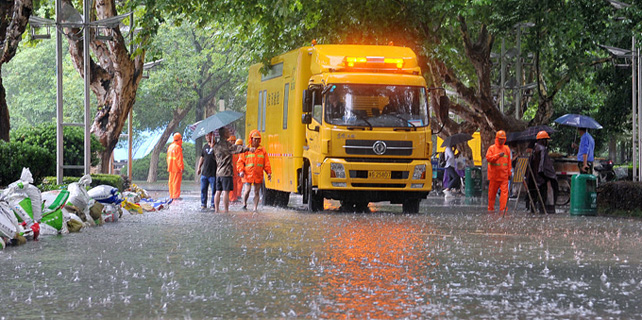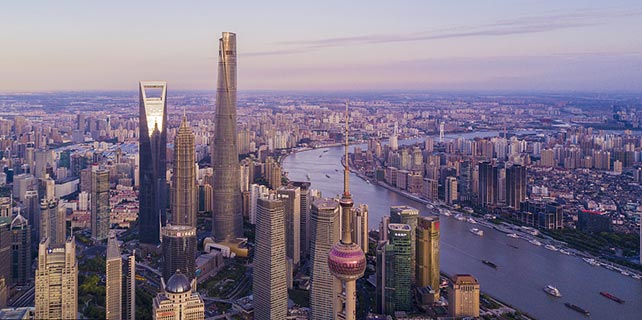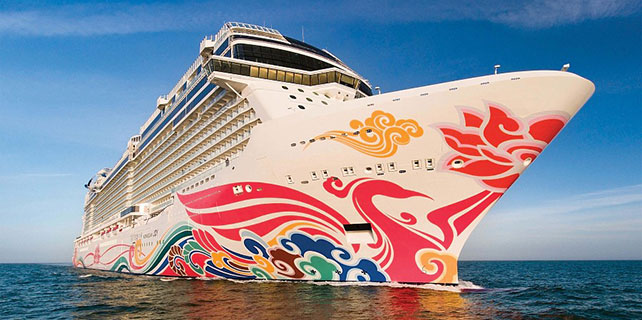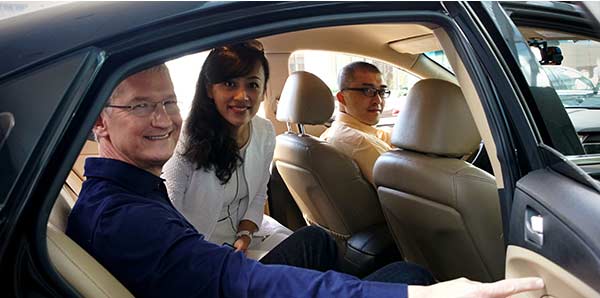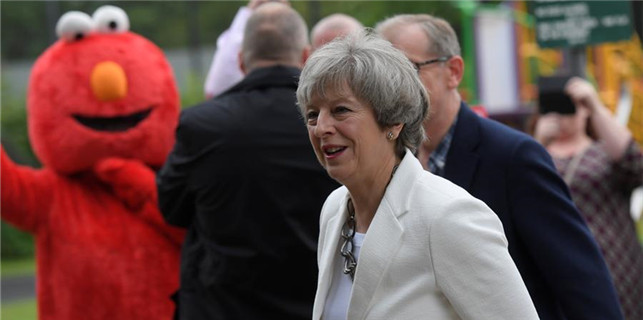China, ASEAN to enhance infrastructure cooperation
China and ASEAN economies will further promote cooperation in infrastructure construction, as the Belt and Road Initiative continues to advance, said a senior executive of Jiangxi Jiangling Motors Co Group.
Tony Chen, general manager of International Cooperation Department of Jiangxi Jiangling Motors Import & Export Co Ltd, said its heavy truck products, which are expected by the end of 2017, will be sold to the Southeast Asian market.
With JMCG's business covering almost all ASEAN members, its trade volume with these nations has maintained a rapid growth trend, Chen told a group of 20 journalists from Association of Southeast Asian Nations member states on a visit to the company in Nanchang, Jiangxi province, which was organized by the ASEAN-China Center.
In the future, JMCG will step up efforts to optimize products targeting the ASEAN market, and strengthen after-sales services, Chen added.
Southeast Asia, thanks to its large population and immense growth potential, is considered an attractive investment destination for automakers worldwide.
Industry data showed that annual demand for new vehicles from ASEAN economies will reach at least 4 million by 2020, as regional free trade advances.
"During my visit to the JMCG vehicle plant, we can see that it is very large, and the auto parts production and the assembly line are very advanced," said Pham Anh Minh, a journalist from Vietnam Investment Review. "Their cars and spare parts are popular in Vietnam."
Jiangling Motors Corp, the group's listed unit, reported that it sold 79,553 vehicles in the first quarter of 2017, up 31.99 percent year-on-year.
During the period, its revenue increased 52.7 percent year-on-year to 8.15 billion yuan ($1.2 billion), and profit dropped 44.7 percent year-on-year to 229 million yuan, according to the interim report.
Oliver Tonby, an analyst at consulting firm McKinsey & Co, wrote in a report that cost optimization is a key factor for automobile companies to locate their operations.
"Companies must balance low manufacturing costs with overall supply chain costs such as transportation and components supply," said the report.
In 2016, bilateral trade between China and ASEAN members showed an upward trend, with the total volume exceeding 2.98 trillion yuan, up 1.9 percent year-on-year. The two sides set a target of $1 trillion trade volume by 2020.
In addition, China and ASEAN economies agreed to cooperate in more than 10 areas such as agriculture, fisheries, forestry, information technology industry, tourism, transportation, intellectual property, human resources development, small and medium-enterprises and the environment.




